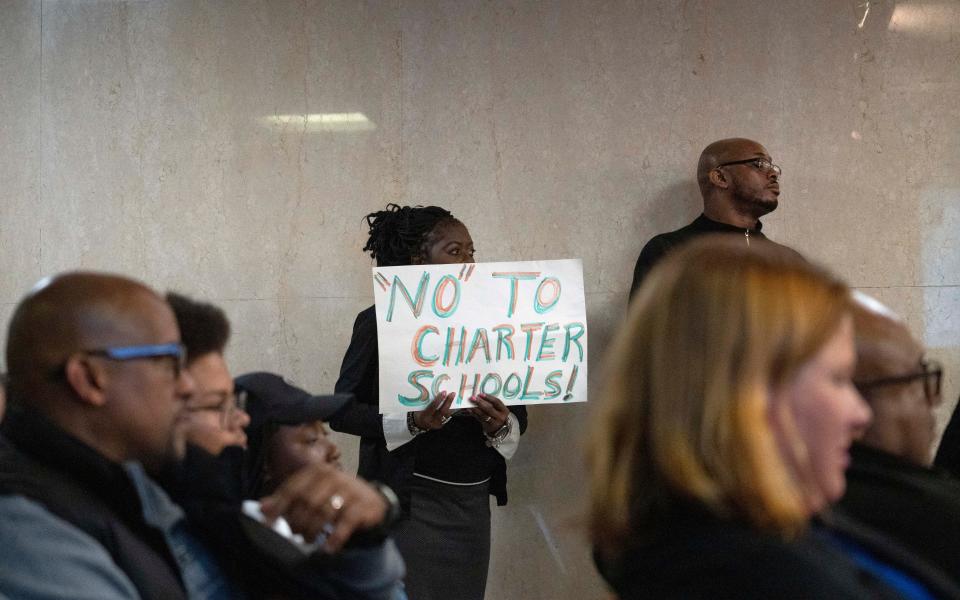Case for Indianapolis charter schools relies on cherry-picked data
In his column, Mind Trust CEO Brandon Brown asks why some Hoosiers are skeptical of charter schools. He follows this up with the type of selectively cherry-picked data that gives informed citizens pause.
Brown claims charters “have revolutionized public education within Indianapolis’ old city limits.” By some measures, yes. By others, no. For example, while ILEARN is problematic as a measure of students’ abilities, Indianapolis Public Schools tends to outperform the vast majority of charters within its district on that test.
Brown makes claims about the funding and performance gaps between charters and public schools. Yet, it appears that the studies he references consider innovation schools to be public schools when it comes to funding, but charter schools when it comes to test results. This leads to obviously skewed results.
He references Stanford University’s 2022 study on Indianapolis schools. That study claimed that, compared to their public school counterparts, students attending charters in Indianapolis receive the equivalent of approximately 64 more days of learning in reading and 118 more days in math. In 2023, the same research body at Stanford University published a study showing that, statewide, Hoosier charter students receive the equivalent of 26.6 fewer days of learning in reading and 2.9 more days in math.

If we take both of these studies at face value, Hoosier charter students outside of Indianapolis receive approximately 87 fewer days of learning in reading and 74 fewer days in math. With 180 days per school year, that translates to those students receiving a bit more than half an education.
Brown attacks the Indiana State Teachers Association for donating to candidates who support traditional public schools, while failing to mention the millions of dollars that pro-privatization organizations have spent on candidates who strip funding from public schools to funnel it to charters, private schools and those entities and individuals who can profit off either or both of them.
To be clear, some charters achieve extremely good results. Others are on par with their local traditional public schools. And many perform significantly worse. Brown is compensated by the Mind Trust to convince Hoosiers that only the first of those is true and his opinions should be read with that in mind.
Jim May lives in Carmel.
This article originally appeared on Indianapolis Star: Mind Trust CEO's case for charter schools cherry-picks data

